Mothers: In 2025, maternal health stands at a crossroads. While far too many women still lose their lives from preventable pregnancy-related causes, there is a growing wave of solutions that are turning tragedy into triumph. Around the world, innovative programs, digital tools, and determined partnerships are reshaping the future of maternal care—one birth at a time.
The Reality We Face
Every two minutes, a woman dies from complications related to pregnancy or childbirth. In 2023 alone, over 260,000 women lost their lives—most of them in low-income and conflict-affected countries. Sub-Saharan Africa accounts for more than 70% of global maternal deaths, followed by Central and South Asia.
Girls in countries like Chad, Nigeria, and the Central African Republic face a staggering 1 in 24 to 1 in 25 lifetime risk of dying from maternal causes. Additionally, two-thirds of maternal deaths now occur in fragile or humanitarian settings—where health systems are weakest and women’s access to care is limited.
These are more than statistics—they represent mothers, daughters, and families torn apart by a crisis that is largely preventable.
But There Is Good News: Innovation Is Working
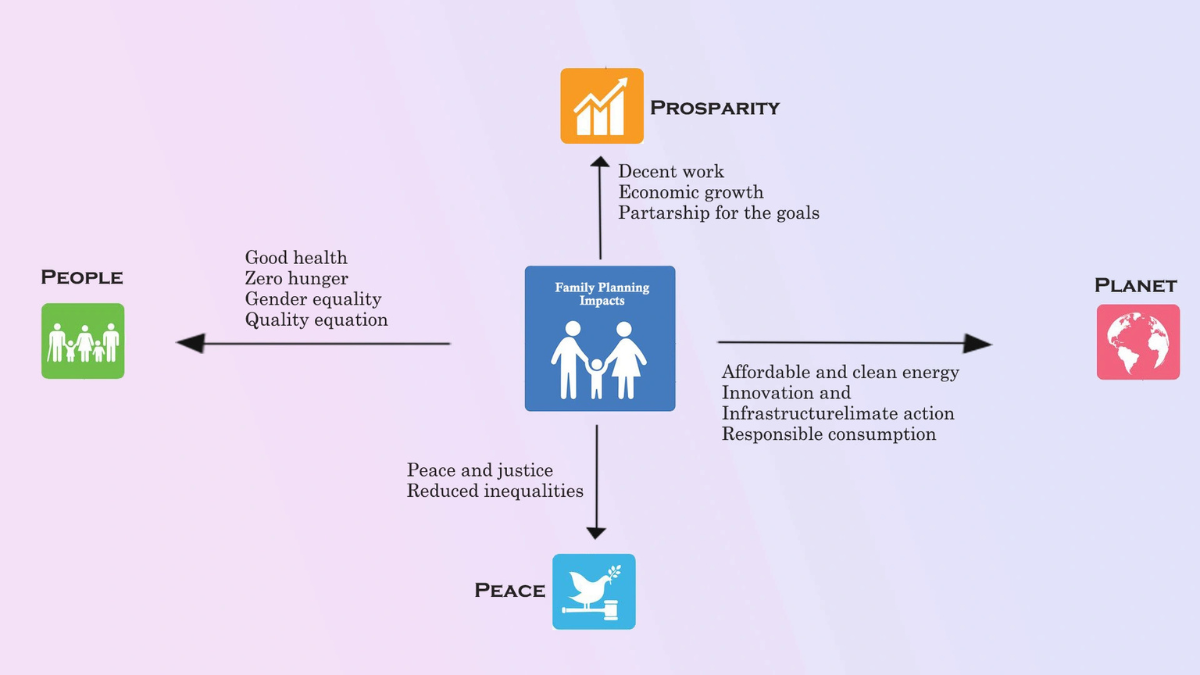
Despite these challenges, 2025 is showing strong signs of hope. Across Africa, Asia, and Latin America, maternal health outcomes are improving thanks to targeted, evidence-based programs.
In Tanzania, a groundbreaking initiative called the “Safer Births Bundle of Care” has delivered remarkable results. Through high-frequency simulation training, real-time data tracking, and smarter clinical tools, this program helped reduce maternal mortality by 75% and newborn deaths by 40% across 300,000 births. The success has sparked a nationwide rollout.
In India, long-term government investments in maternal health have paid off. The country has reduced its maternal mortality ratio from 130 per 100,000 live births in 2014–2016 to just 97 by 2020—a nearly 25% drop in just a few years and an overall decline of over 80% since 1990. Community health workers, increased access to skilled birth attendants, and digital monitoring systems have all contributed to this progress.
Even in areas with limited infrastructure, innovation is bridging gaps. In rural Guatemala, AI-powered smartphone tools are helping midwives assess fetal health during home visits. In India, voice-based AI calling systems are improving maternal behaviors and supplement use after delivery—showing how low-cost technology can save lives.
Global Momentum Is Building
In 2025, the global health community is rallying like never before. New cross-sector partnerships are emerging, bringing together governments, NGOs, and the private sector. Collaborative networks focused on maternal health are driving improvements in training, supply chains, digital health, and emergency response systems.
For example, countries like Nigeria are adopting integrated strategies that strengthen both policy and practice—improving midwifery training, streamlining emergency obstetric care, and ensuring timely access to lifesaving supplies.
Meanwhile, regional progress is taking shape. The Americas have seen a 15% drop in maternal deaths over the last two decades. Countries are investing in women’s health as part of broader commitments to universal healthcare and gender equality.
A Warning and a Wake-Up Call
Despite these advancements, progress has stalled globally. The average annual rate of reduction in maternal mortality is now just 1.5%, far below the 15% per year needed to meet the UN’s Sustainable Development Goal of fewer than 70 maternal deaths per 100,000 live births by 2030.
The reasons? Persistent inequality, underfunded health systems, and global conflicts that disrupt access to care. Without urgent action, gains made over the last two decades could be lost.
A Future Worth Fighting For
There is no reason any woman should die giving life. The tools to end preventable maternal deaths already exist. When properly funded and equitably delivered, these solutions work—even in the most fragile settings.
The maternal health crisis is not inevitable. It is solvable—with leadership, innovation, and the courage to act. In 2025, countless mothers are alive today because of these efforts.
Their survival is a reminder that every second counts—and every life matters.

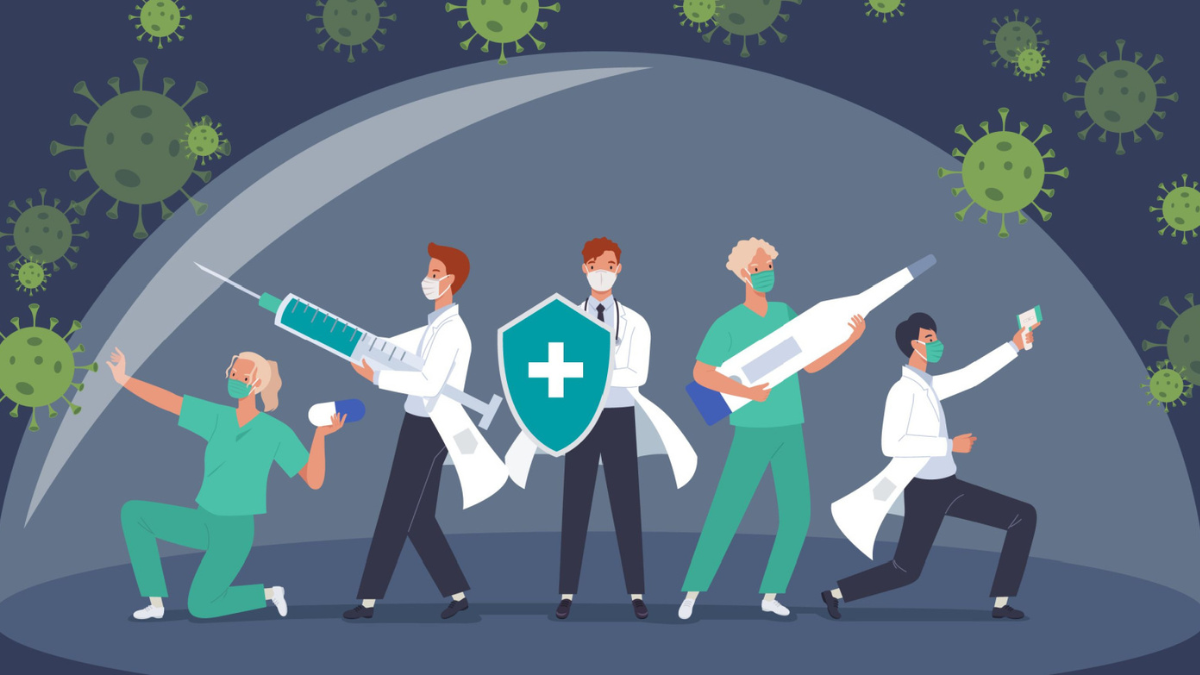


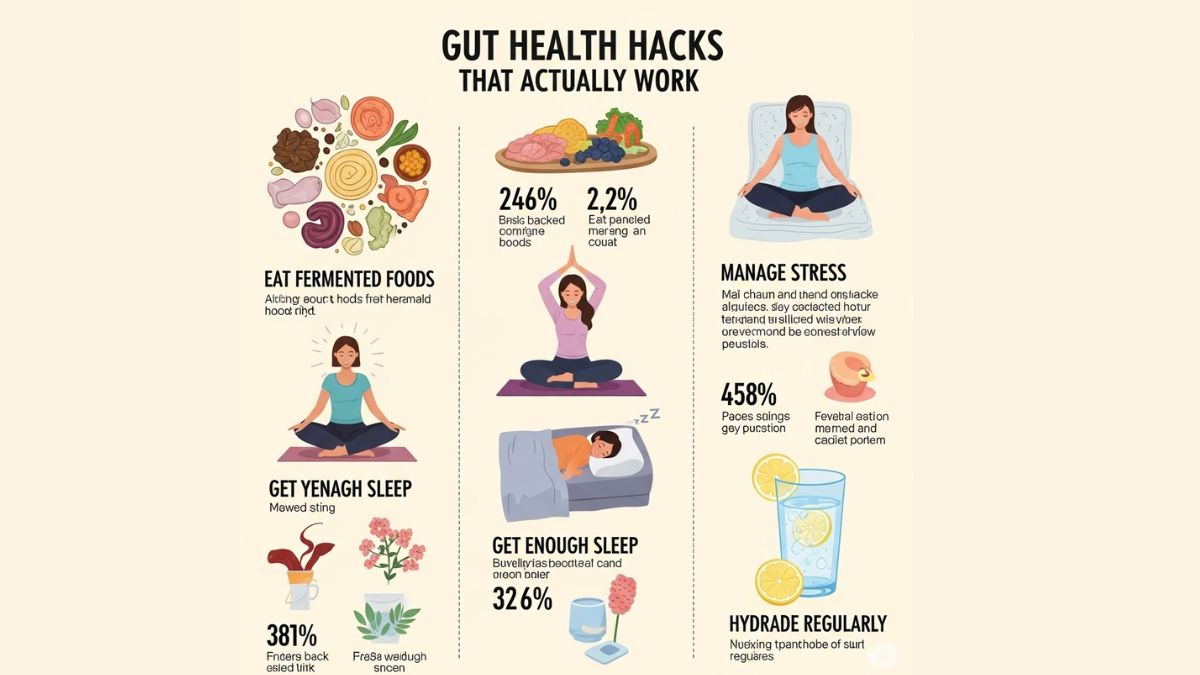
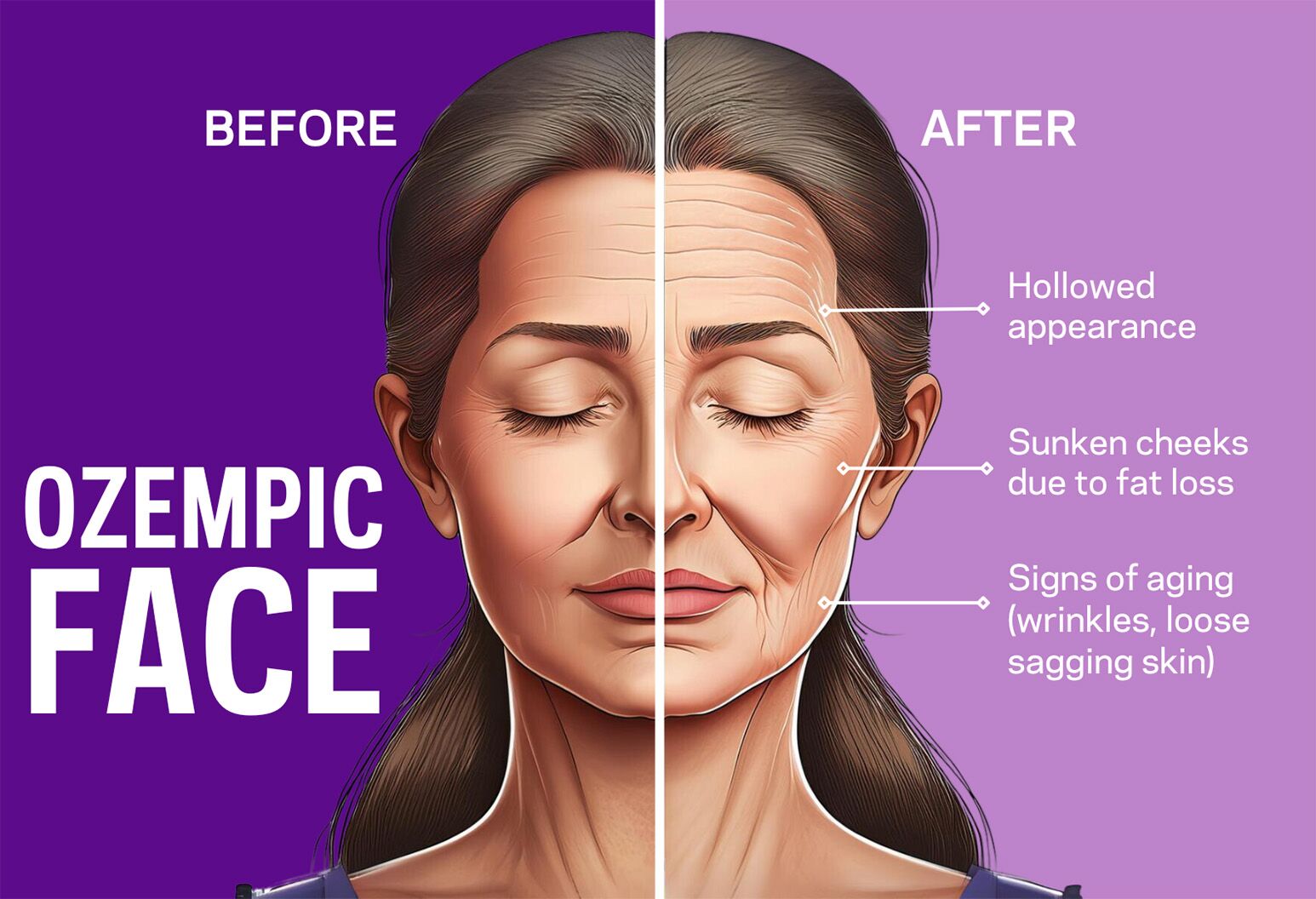
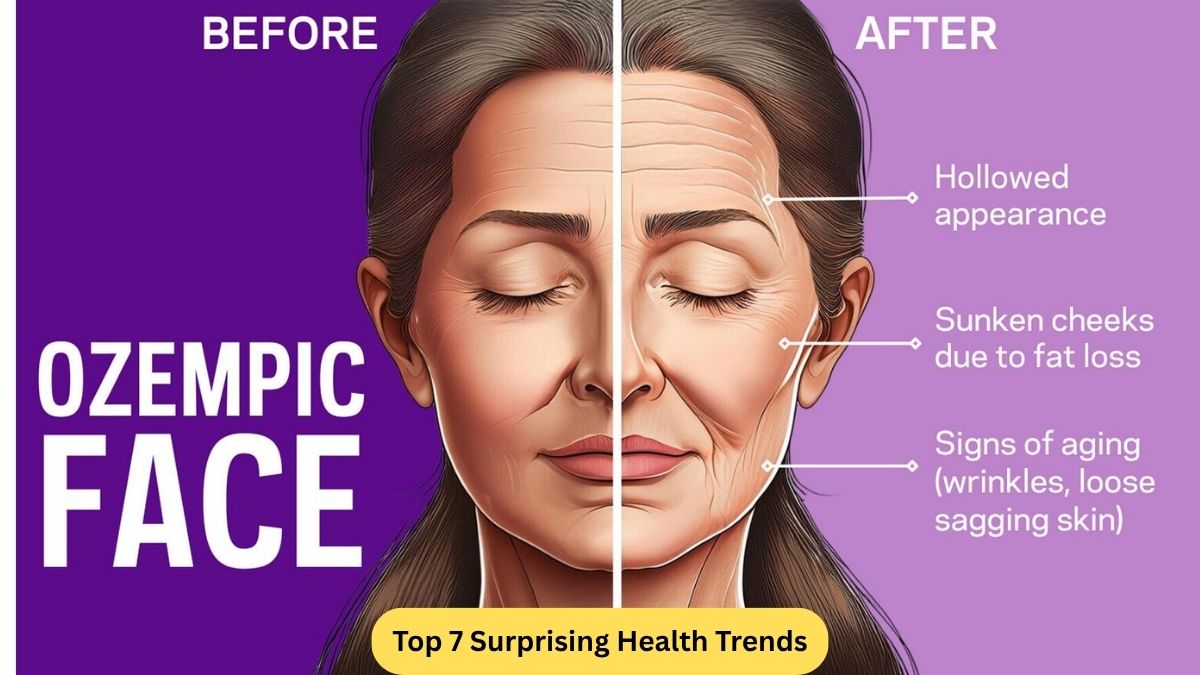

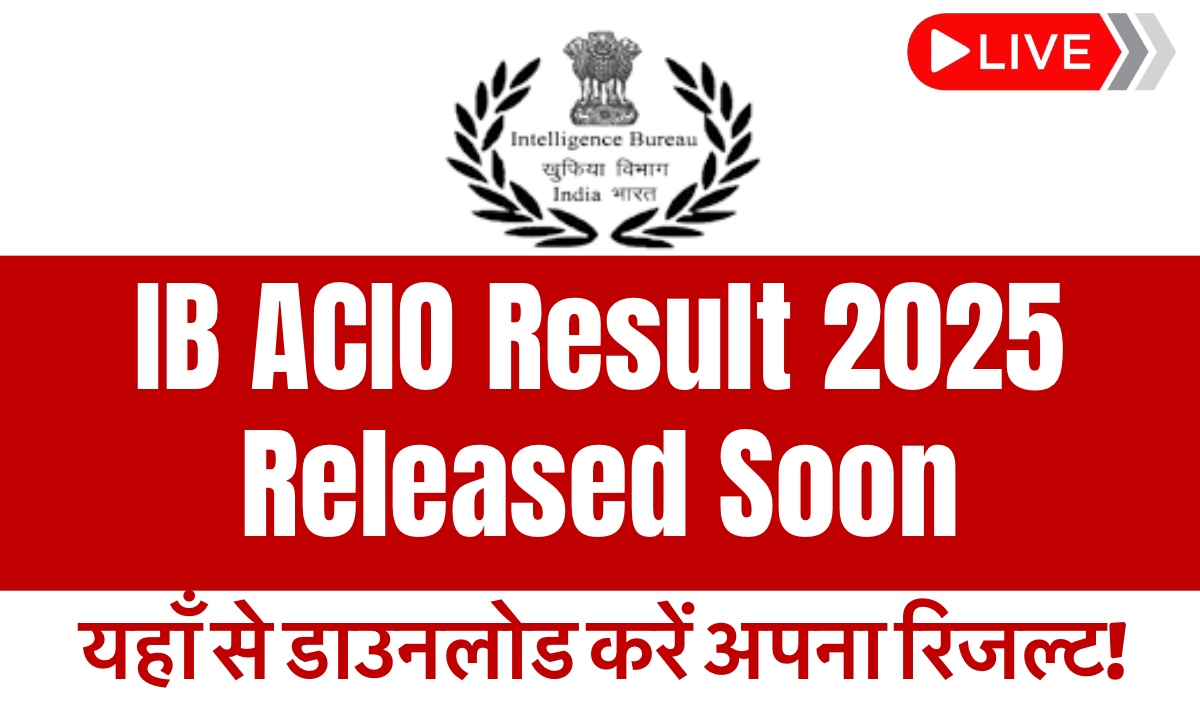


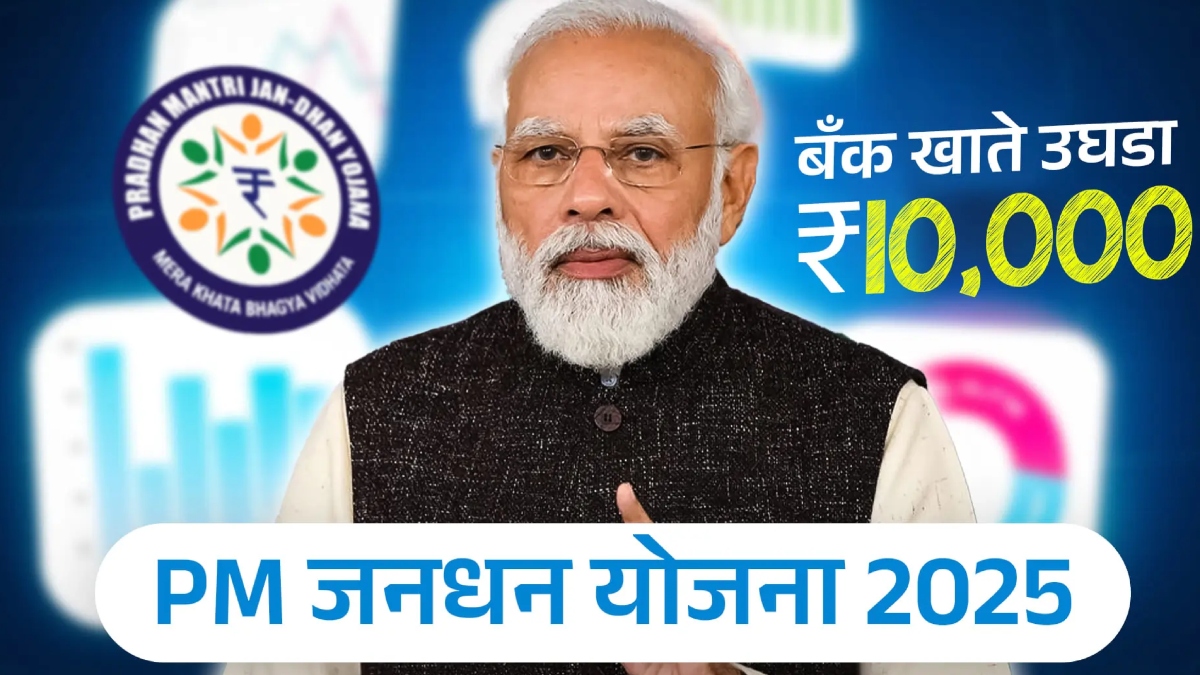




1 thought on “Mothers Every Second Counts: How Innovation and Global Action Are Saving Mothers in 2025”